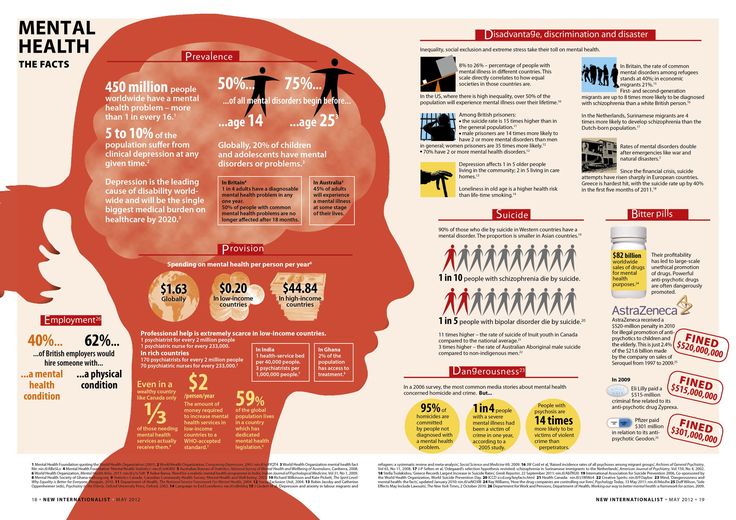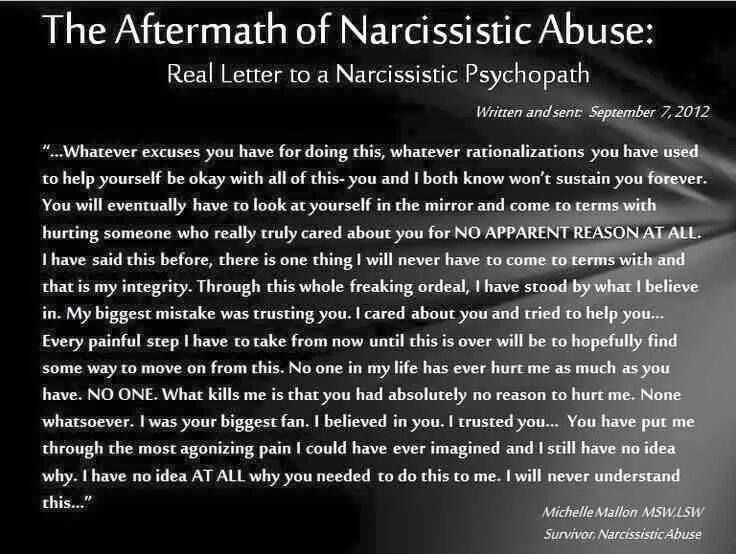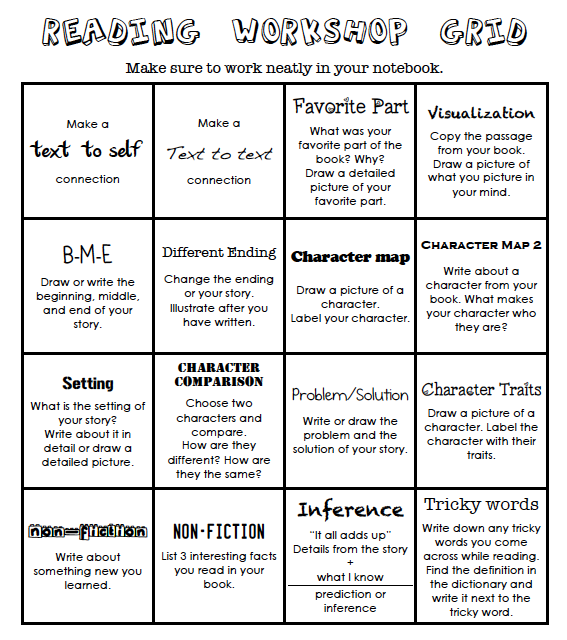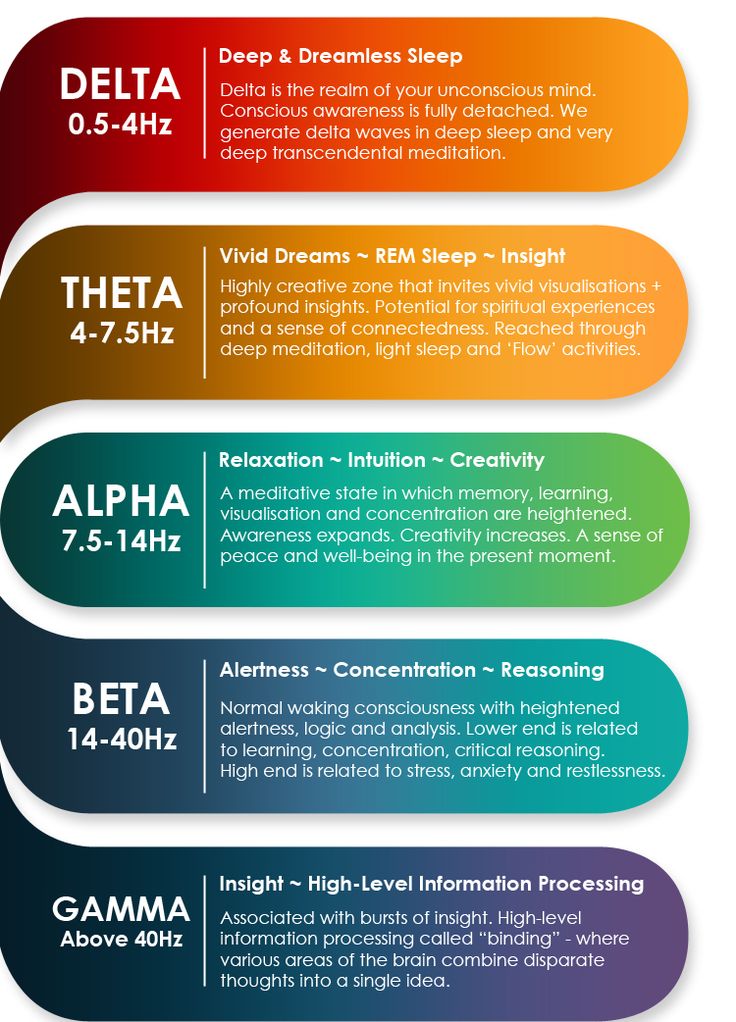Bipolar in the media
Why the Media's Portrayal of Bipolar Disorder Needs to Change
Despite the prevalence of bipolar disorder, the negative media portrayals prove harmful to viewers with the condition.
With headlines of diagnoses following Twitter-worthy escapades from celebrities like Kanye West and stereotypical media depictions, bipolar disorder is a mental health condition that often gets a harsh rap.
Christine Anderson, a mental health advocate living with bipolar II disorder and a content director for Integrity Counseling Group in San Diego, speaks to how bipolar disorder is negatively represented within culture, partially due to the lack of discussion about the condition.
“Most people have some experience with anxiety or depression, whether it’s personal or someone they know,” Anderson says.
“But because bipolar isn’t talked about openly, there’s a lot of misunderstanding and even fear about the condition. People with bipolar have fairly [typical] lives in between episodes, but we get reduced to what we’re like at the extremes — either manic or depressed. ”
When it comes to TV shows and movies, they don’t always get the portrayals of bipolar disorder right.
The media can often support stereotypes about the condition and the people who have it, adding to misinformation and stigmatization.
Violence
A stereotype that often accompanies fictional characters with mental health conditions is the tendency toward violence.
“Fears around bipolar and violence are overblown, and I would say that about mental [illness] more broadly,” Anderson said.
The movie “Silver Linings Playbook” is an example of a stigmatized representation of bipolar disorder.
In the movie, Bradley Cooper’s character Pat has trouble regulating his anger in relation to his bipolar disorder. In addition to the deluded desire to get his wife back, his anger and unpredictability are the primary characteristics shown of the character and his condition.
Another popular example is Brittany Snow’s character Jamie Hoskins in a season seven episode of “Law and Order: Special Victims Unit. ”
”
Hoskins is a teenage girl who makes a false sexual assault allegation and then plows a vehicle into a group of random people in a suicide attempt.
If someone with bipolar disorder has responded aggressively, Anderson suggests considering many explanations instead of assuming it’s due to the diagnosis.
This may include:
- substance use, particularly alcohol
- experiencing an episode of psychosis
- having an additional personality disorder
- childhood trauma
Anderson shared how an acute situation or trauma can trigger a bipolar disorder episode, supporting the 2017 review that suggests stress can affect the condition.
Collectively, there’re several moving parts in what might lead someone with bipolar disorder to engage in violence.
It’s crucial to remember that folks with bipolar disorder have an increased chance for particular behaviors rather than leaning into the myth that people with bipolar disorder are inherently violent or dangerous.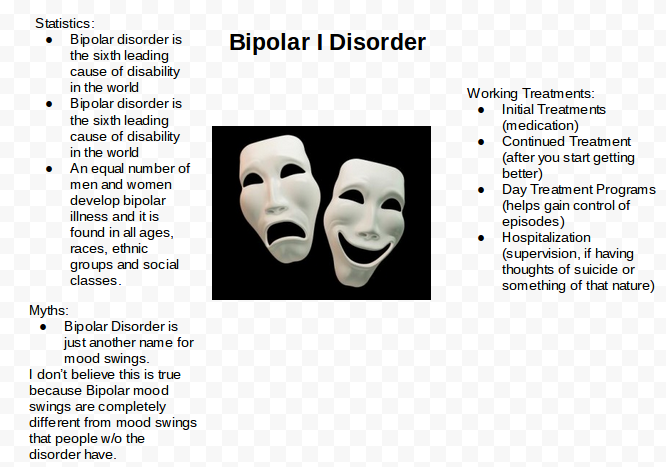
Lack of treatment compliance
In a Vh2 interview on the “SVU” episode, Dr. Ruth C. White, a clinical associate professor in the school of social work at the University of Southern California, told of her discontent about the flat character portrayal of folks with bipolar disorder.
White says this episode is one that she uses to teach her students about the condition’s misrepresentation.
“It’s a skewed and unidimensional picture of bipolar disorder … There’s the typical portrayal of noncompliance with medical advice that leads to disaster,” White says.
The danger of these connections is the potential worsening of stigma around mental health conditions.
Unreliability
Shannon Vought, a cybersecurity professional who lives with bipolar disorder, offers her take on the Netflix Original “Ozarks,” where a character with bipolar disorder is seen as unreliable and unpredictable.
While this could happen with someone with bipolar disorder, attributing these qualities to a character simply because they have bipolar disorder could lead to an inaccurate view of how the condition affects people.
“I think this portrayal shows the dark side of the condition and can confuse people,” Vought says. “When I tell people I have bipolar they say, ‘No way’ because it’s nothing like what is seen on TV.”
Sometimes when a celebrity is open about a mental health diagnosis, there’s positive reception, and people feel validated in their experience because someone they admire has gone through something similar.
But it seems that the negative showings win out when it comes to airtime.
Vought speaks to the seemingly intentionally skewed coverage of fictional characters and celebrities with bipolar disorder under duress.
“You don’t see media coverage on depressive episodes, but when someone is manic and acting erratically, it gets covered … You don’t see people who are treated and living a [normal] life, or people experiencing depressive episodes,” she says.
Anderson has found strength in celebrities who have shared their bipolar disorder diagnoses alongside their success, such as Catherine Zeta-Jones, Demi Lovato, and the late Carrie Fisher.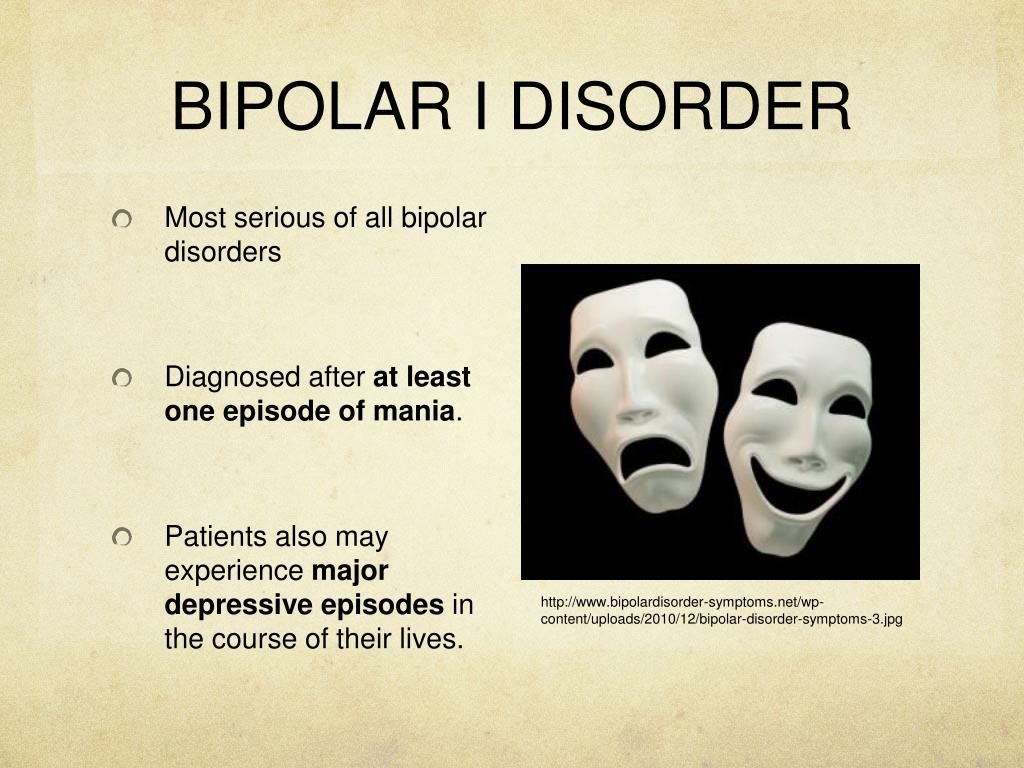
For Anderson, a content director, the media buzz on tabloid news sites is too often focused on the salacious news rather than the positives. She cites rapper Kanye West as an example.
“Media should focus more on applauding celebrities who have the courage to seek help rather than sensationalizing or making fun of the perplexing things they do when they are sick,” Anderson says.
West’s name often arises when discussing media and bipolar disorder. His recent honesty about the condition made it easy for folks to claim that the condition was the reason for his behavior.
Anderson cites some of the events the media has zoomed in on, believing they could have been connected to a manic episode.
“Grandiose ambitions like running for president, oversharing personal information, genius levels of creativity, intense relationships, and heightened spiritual sensitivity — while not all of these are part of the formal diagnostic criteria for bipolar — are traits that commonly show up with the disorder,” she says.
Vought says that considering the prevalence of bipolar disorder, an increase in more accurate portrayals in the media is needed.
She mentions the tendency for shows and movies to showcase only manic symptoms.
“I hope to see more depictions of bipolar in its many forms in the future, especially a character that experiences the extreme lows,” Vought adds. “It’s more typical to focus on the manic episodes, but that’s not the only piece of bipolar that negatively affects people.”
Centering support
It’s common for folks with bipolar disorder to have a hard time coming to terms with a new diagnosis. There are a few potential reasons, including the lack of accurate depictions in the media and the quiet diagnoses from others around them.
T-Kea Blackmon, a peer support counselor, and Vought both shared that they had some hesitance in accepting their bipolar disorder II diagnoses.
This was in part because of the ways they’d seen the condition portrayed, leading them to question the diagnosis because of its misalignment with how they understood themselves.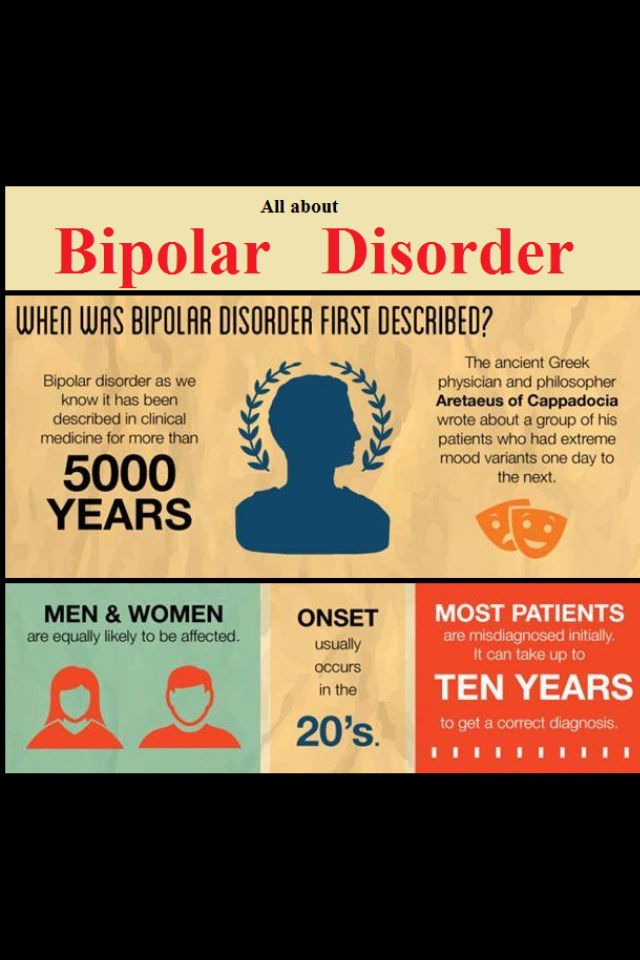
“Even with the knowledge I have, I was like, ‘That’s not me.’ But after going to the hospital, the doctor explained that bipolar disorder is a spectrum, and I realized it doesn’t look the same for everyone,” Blackmon says.
Sometimes the hesitancy stems from fear of judgment. “I didn’t want to be seen as someone with a mood disorder because it seems to imply that something is wrong with me,” Vought adds.
“I ignored the disorder for years because I thought I could manage it on my own and didn’t want to burden anyone with my episodes,” Vought says. “Now I see that talking about the disorder helps people understand that it’s not a death sentence but rather a categorization of symptoms to be treated.”
Anderson had initially kept her diagnosis close to her chest. Eventually, she began to share the details of her mental health condition details with folks close to her, noticing how it encouraged them to open up.
“In fact, some of my closest friends today are people who ‘came out’ as bipolar during that period,” she says.
This openness translated into her advocacy work with Still I Run. She feels that being able to share her experiences has been beneficial for her and those she meets.
“I was overwhelmed by how helpful it was talking openly about mental health, both for me and for the other people in my life,” Anderson says.
Self-compassion
A new diagnosis can be difficult, but your condition is only a facet of who you are. You’re not bound by the skewed and often outlandish portrayals shown on TV.
This isn’t to say that there won’t be difficult times or situations where you act in ways you wouldn’t have outside of an episode. Still, you can give yourself room to learn what’s best for managing your symptoms.
Anderson speaks to some nonprofit communities and agencies that do intentional work around building self-compassion for folks with mental health conditions, particularly:
- Still I Run
- National Alliance on Mental Illness (NAMI)
- Depression and Bipolar Support Alliance
- International Bipolar Foundation
She shared about her time engaging in group therapy and how spending time with other folks with bipolar disorder led her to better accept herself.
Anderson says that before these group meetings, she questioned her self-worth and didn’t understand why her loved ones had been so patient with her.
“I had so much shame until I participated in an outpatient program at my local hospital with other people experiencing depression, anxiety, and bipolar [disorder] … it was eye-opening listening to other group members talking about how much they hated themselves or how purposeless they felt,” Anderson says.
You deserve support and understanding, not punishment or disappointment.
“To me, they came across as creative, intuitive, brave, and sensitive,” she says. “I really enjoyed my time with them in and out of group therapy … Group therapy helped me see that I am so much more than my illness and that I don’t need to feel ashamed.”
While depictions of mental health conditions are slowly improving, the stigma isn’t absolved and has consistently shown up through media coverage and fictional depictions.
If you’re showing signs of bipolar disorder or have had a recent diagnosis, despite what’s shown in the media, you’re worthy of support, and there are several places to find it.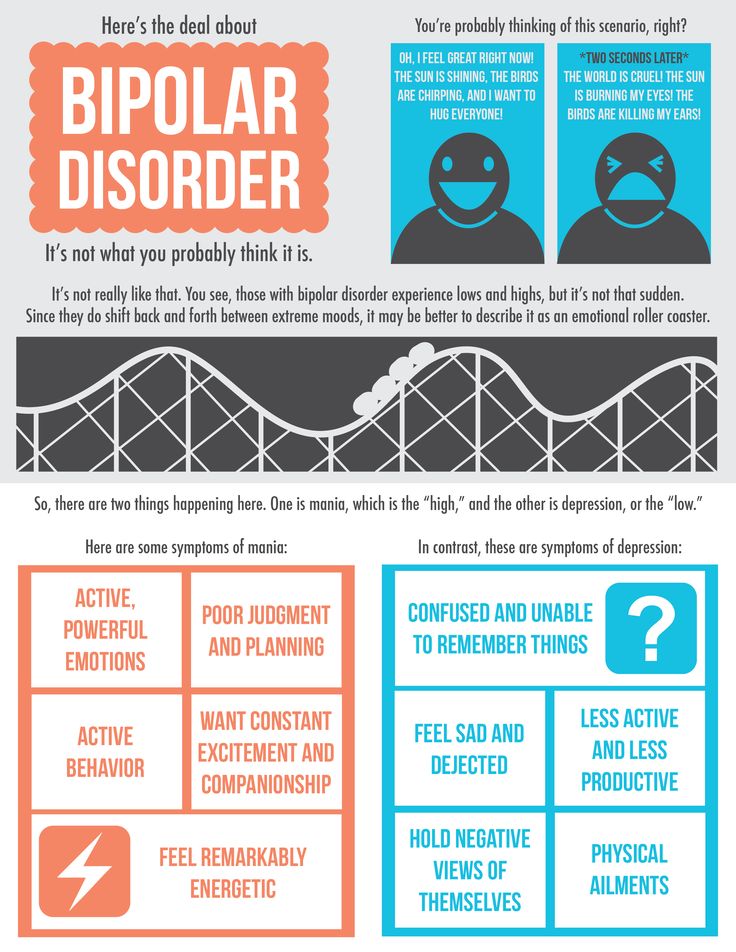
Learning more about the condition is a good first step. You can check out Psych Central’s hub on bipolar disorder to find helpful information.
Consider connecting with a healthcare or mental health professional experienced with bipolar disorder and its often accompanying conditions. You can work together to determine whether medication is right for you alongside other therapies or coping skills.
You could also look into support groups and online communities for folks with similar experiences to not only share your story but gain some insight on moving through.
The goal is that as time goes on and awareness and empathy expand, there will be more realistic options for folks to see themselves on screen.
You can search for more positive representations of mental health conditions until then. Some fans list shows such as “Euphoria,” “Atypical,” and “Empire” as more accurate depictions of varied conditions.
Why the Media's Portrayal of Bipolar Disorder Needs to Change
Despite the prevalence of bipolar disorder, the negative media portrayals prove harmful to viewers with the condition.
With headlines of diagnoses following Twitter-worthy escapades from celebrities like Kanye West and stereotypical media depictions, bipolar disorder is a mental health condition that often gets a harsh rap.
Christine Anderson, a mental health advocate living with bipolar II disorder and a content director for Integrity Counseling Group in San Diego, speaks to how bipolar disorder is negatively represented within culture, partially due to the lack of discussion about the condition.
“Most people have some experience with anxiety or depression, whether it’s personal or someone they know,” Anderson says.
“But because bipolar isn’t talked about openly, there’s a lot of misunderstanding and even fear about the condition. People with bipolar have fairly [typical] lives in between episodes, but we get reduced to what we’re like at the extremes — either manic or depressed.”
When it comes to TV shows and movies, they don’t always get the portrayals of bipolar disorder right.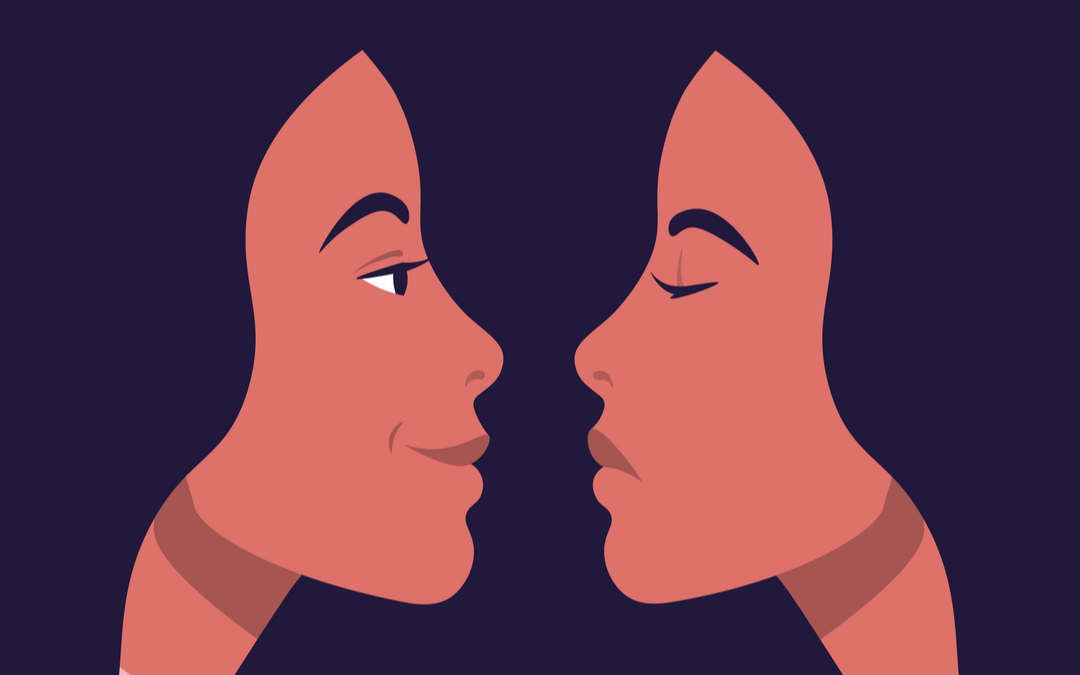
The media can often support stereotypes about the condition and the people who have it, adding to misinformation and stigmatization.
Violence
A stereotype that often accompanies fictional characters with mental health conditions is the tendency toward violence.
“Fears around bipolar and violence are overblown, and I would say that about mental [illness] more broadly,” Anderson said.
The movie “Silver Linings Playbook” is an example of a stigmatized representation of bipolar disorder.
In the movie, Bradley Cooper’s character Pat has trouble regulating his anger in relation to his bipolar disorder. In addition to the deluded desire to get his wife back, his anger and unpredictability are the primary characteristics shown of the character and his condition.
Another popular example is Brittany Snow’s character Jamie Hoskins in a season seven episode of “Law and Order: Special Victims Unit.”
Hoskins is a teenage girl who makes a false sexual assault allegation and then plows a vehicle into a group of random people in a suicide attempt.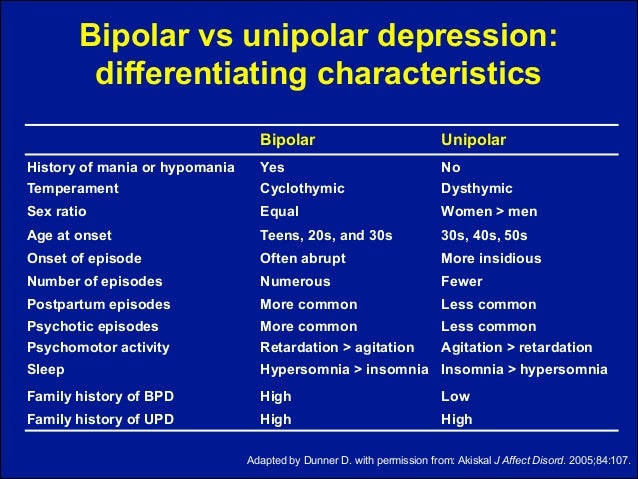
If someone with bipolar disorder has responded aggressively, Anderson suggests considering many explanations instead of assuming it’s due to the diagnosis.
This may include:
- substance use, particularly alcohol
- experiencing an episode of psychosis
- having an additional personality disorder
- childhood trauma
Anderson shared how an acute situation or trauma can trigger a bipolar disorder episode, supporting the 2017 review that suggests stress can affect the condition.
Collectively, there’re several moving parts in what might lead someone with bipolar disorder to engage in violence.
It’s crucial to remember that folks with bipolar disorder have an increased chance for particular behaviors rather than leaning into the myth that people with bipolar disorder are inherently violent or dangerous.
Lack of treatment compliance
In a Vh2 interview on the “SVU” episode, Dr. Ruth C. White, a clinical associate professor in the school of social work at the University of Southern California, told of her discontent about the flat character portrayal of folks with bipolar disorder.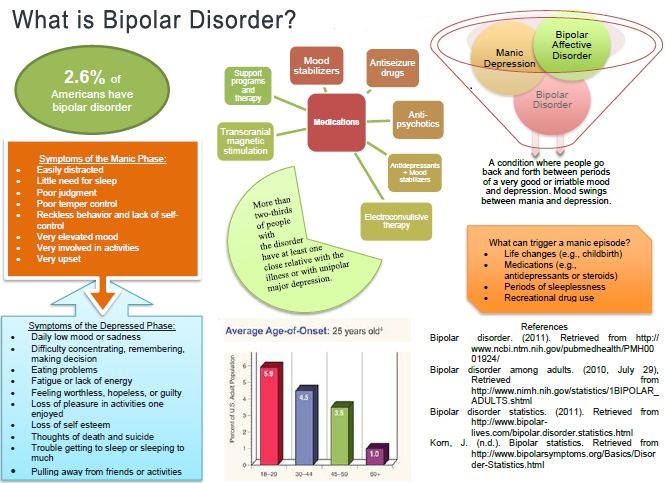
White says this episode is one that she uses to teach her students about the condition’s misrepresentation.
“It’s a skewed and unidimensional picture of bipolar disorder … There’s the typical portrayal of noncompliance with medical advice that leads to disaster,” White says.
The danger of these connections is the potential worsening of stigma around mental health conditions.
Unreliability
Shannon Vought, a cybersecurity professional who lives with bipolar disorder, offers her take on the Netflix Original “Ozarks,” where a character with bipolar disorder is seen as unreliable and unpredictable.
While this could happen with someone with bipolar disorder, attributing these qualities to a character simply because they have bipolar disorder could lead to an inaccurate view of how the condition affects people.
“I think this portrayal shows the dark side of the condition and can confuse people,” Vought says. “When I tell people I have bipolar they say, ‘No way’ because it’s nothing like what is seen on TV. ”
”
Sometimes when a celebrity is open about a mental health diagnosis, there’s positive reception, and people feel validated in their experience because someone they admire has gone through something similar.
But it seems that the negative showings win out when it comes to airtime.
Vought speaks to the seemingly intentionally skewed coverage of fictional characters and celebrities with bipolar disorder under duress.
“You don’t see media coverage on depressive episodes, but when someone is manic and acting erratically, it gets covered … You don’t see people who are treated and living a [normal] life, or people experiencing depressive episodes,” she says.
Anderson has found strength in celebrities who have shared their bipolar disorder diagnoses alongside their success, such as Catherine Zeta-Jones, Demi Lovato, and the late Carrie Fisher.
For Anderson, a content director, the media buzz on tabloid news sites is too often focused on the salacious news rather than the positives.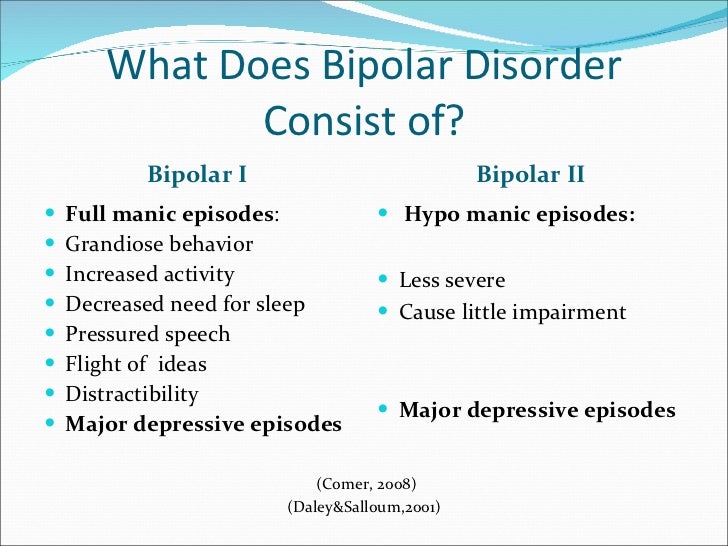 She cites rapper Kanye West as an example.
She cites rapper Kanye West as an example.
“Media should focus more on applauding celebrities who have the courage to seek help rather than sensationalizing or making fun of the perplexing things they do when they are sick,” Anderson says.
West’s name often arises when discussing media and bipolar disorder. His recent honesty about the condition made it easy for folks to claim that the condition was the reason for his behavior.
Anderson cites some of the events the media has zoomed in on, believing they could have been connected to a manic episode.
“Grandiose ambitions like running for president, oversharing personal information, genius levels of creativity, intense relationships, and heightened spiritual sensitivity — while not all of these are part of the formal diagnostic criteria for bipolar — are traits that commonly show up with the disorder,” she says.
Vought says that considering the prevalence of bipolar disorder, an increase in more accurate portrayals in the media is needed.
She mentions the tendency for shows and movies to showcase only manic symptoms.
“I hope to see more depictions of bipolar in its many forms in the future, especially a character that experiences the extreme lows,” Vought adds. “It’s more typical to focus on the manic episodes, but that’s not the only piece of bipolar that negatively affects people.”
Centering support
It’s common for folks with bipolar disorder to have a hard time coming to terms with a new diagnosis. There are a few potential reasons, including the lack of accurate depictions in the media and the quiet diagnoses from others around them.
T-Kea Blackmon, a peer support counselor, and Vought both shared that they had some hesitance in accepting their bipolar disorder II diagnoses.
This was in part because of the ways they’d seen the condition portrayed, leading them to question the diagnosis because of its misalignment with how they understood themselves.
“Even with the knowledge I have, I was like, ‘That’s not me. ’ But after going to the hospital, the doctor explained that bipolar disorder is a spectrum, and I realized it doesn’t look the same for everyone,” Blackmon says.
’ But after going to the hospital, the doctor explained that bipolar disorder is a spectrum, and I realized it doesn’t look the same for everyone,” Blackmon says.
Sometimes the hesitancy stems from fear of judgment. “I didn’t want to be seen as someone with a mood disorder because it seems to imply that something is wrong with me,” Vought adds.
“I ignored the disorder for years because I thought I could manage it on my own and didn’t want to burden anyone with my episodes,” Vought says. “Now I see that talking about the disorder helps people understand that it’s not a death sentence but rather a categorization of symptoms to be treated.”
Anderson had initially kept her diagnosis close to her chest. Eventually, she began to share the details of her mental health condition details with folks close to her, noticing how it encouraged them to open up.
“In fact, some of my closest friends today are people who ‘came out’ as bipolar during that period,” she says.
This openness translated into her advocacy work with Still I Run.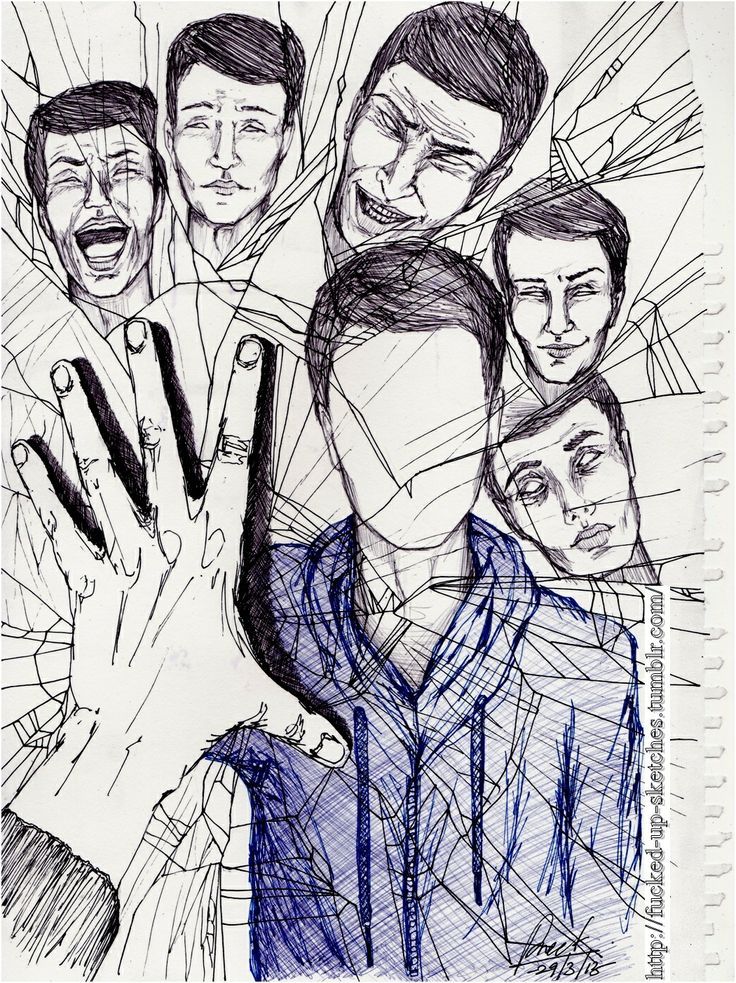 She feels that being able to share her experiences has been beneficial for her and those she meets.
She feels that being able to share her experiences has been beneficial for her and those she meets.
“I was overwhelmed by how helpful it was talking openly about mental health, both for me and for the other people in my life,” Anderson says.
Self-compassion
A new diagnosis can be difficult, but your condition is only a facet of who you are. You’re not bound by the skewed and often outlandish portrayals shown on TV.
This isn’t to say that there won’t be difficult times or situations where you act in ways you wouldn’t have outside of an episode. Still, you can give yourself room to learn what’s best for managing your symptoms.
Anderson speaks to some nonprofit communities and agencies that do intentional work around building self-compassion for folks with mental health conditions, particularly:
- Still I Run
- National Alliance on Mental Illness (NAMI)
- Depression and Bipolar Support Alliance
- International Bipolar Foundation
She shared about her time engaging in group therapy and how spending time with other folks with bipolar disorder led her to better accept herself.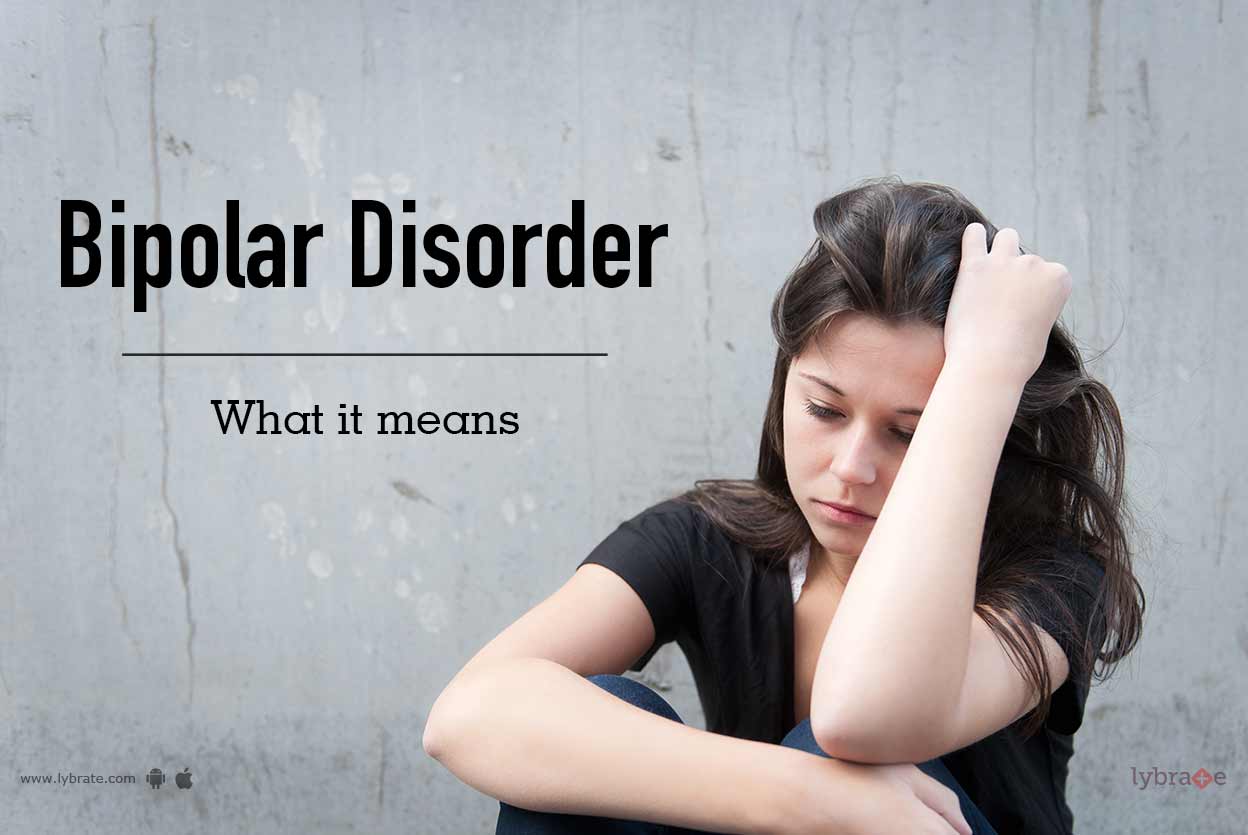
Anderson says that before these group meetings, she questioned her self-worth and didn’t understand why her loved ones had been so patient with her.
“I had so much shame until I participated in an outpatient program at my local hospital with other people experiencing depression, anxiety, and bipolar [disorder] … it was eye-opening listening to other group members talking about how much they hated themselves or how purposeless they felt,” Anderson says.
You deserve support and understanding, not punishment or disappointment.
“To me, they came across as creative, intuitive, brave, and sensitive,” she says. “I really enjoyed my time with them in and out of group therapy … Group therapy helped me see that I am so much more than my illness and that I don’t need to feel ashamed.”
While depictions of mental health conditions are slowly improving, the stigma isn’t absolved and has consistently shown up through media coverage and fictional depictions.
If you’re showing signs of bipolar disorder or have had a recent diagnosis, despite what’s shown in the media, you’re worthy of support, and there are several places to find it.
Learning more about the condition is a good first step. You can check out Psych Central’s hub on bipolar disorder to find helpful information.
Consider connecting with a healthcare or mental health professional experienced with bipolar disorder and its often accompanying conditions. You can work together to determine whether medication is right for you alongside other therapies or coping skills.
You could also look into support groups and online communities for folks with similar experiences to not only share your story but gain some insight on moving through.
The goal is that as time goes on and awareness and empathy expand, there will be more realistic options for folks to see themselves on screen.
You can search for more positive representations of mental health conditions until then. Some fans list shows such as “Euphoria,” “Atypical,” and “Empire” as more accurate depictions of varied conditions.
bipolar world - foreign media articles on the topic
bipolar world - foreign media articles on the topic - InoSMI Registration successful!
Please follow the link in the email sent to
Parliamentní listyCzech Republic
Everyone can bet on their own winner
More
- bipolar world
- Politics
- 2 Trump hits Syria 04
- USA
- Syria
- SI Zinpin
- Vladimir Putin
- Donald Trump
- Francois Olland
- EU
- EU
- RACKENTS OF 9000 9000 9000 9000 9000 9000 9000 9000 9000 9000 9000 9000 9000)
9,0004 9,0004 Vladimir PutinRegister
Link expired
Back
Register
Email
Password
By clicking the "Register" button, you agree to the Privacy Policy and consent to the processing of personal data in accordance with the Privacy Policy.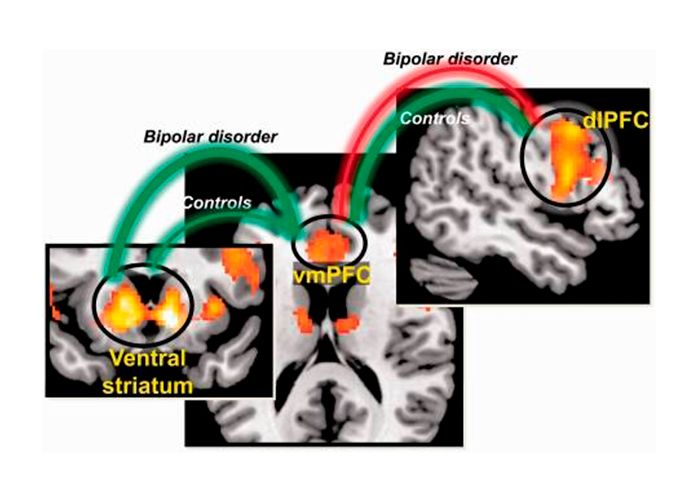
Login
Your data
Restoration
passwordPost
ago
Recovery
PasswordSet of password was sent to the address
Restoration
PasswordNew Password
Confirm Password
Write to the author
Topic
Message
Post
FULL NAME
Set a question
Your name
9000 Message
sent!Thanks for your question!
Error
has occurred!Try again!
Feedback
How can I help?
If none of the options apply, click here
To use the feedback,
log in or registerYou have been blocked for violating the
rules for commenting on materialsThe blocking period can be from 12 to 48 hours, or permanently.
If you do not agree with the blocking, please fill out the form.
You have been blocked for violating the rules for commenting on materials
The blocking period can be from 12 to 48 hours, or permanently.
 If you do not agree with the blocking, fill out the form below:
If you do not agree with the blocking, fill out the form below: Name in the chat
Message date
Message sent time
Has your account been blocked before?
Yes No
How many times?
To contact us, fill out the form below:
Your message
Drag,
or select screenshotIf you would like to report an error in a material, please fill out the form below:
Link to the material
Describe the problem
Drag and drop,
or select a screenshotTo contact us, fill out the form below:
Your message
Your message
Your message
Drag,
or select screenshotShow
- Weekly
- Monthly
- Yearly
- All Time
bipolar world - foreign media articles on the topic
bipolar world - foreign media articles on the topic - InoSMIRegistration successful!
Please follow the link from the email sent toAdvanceCroatia
Croats: Russia will not fall apart. The EU is another matter D. Maryanovich
More
- bipolar world
- Politics
- Russia
- China
- Europe
- USA
Al Mayadean is
al Mayadeen: the way to the new order, as Putin
9000- 9024
- politics
- economy
- army
- economic crisis
- unipolar world
Al Araby Al JadeedGreat Britain
Al Araby: Hunger Russia and China are more dangerous than saturated America
more
- Bipolar world
- Politics
- USA
- China
- Imperialism
- Entrance 9000 9000 to the website
Password
Reset password
Register
Link expired
Back
Registration
Password
By clicking the "Register" button, you agree to the Privacy Policy and consent to the processing of personal data in accordance with the Privacy Policy.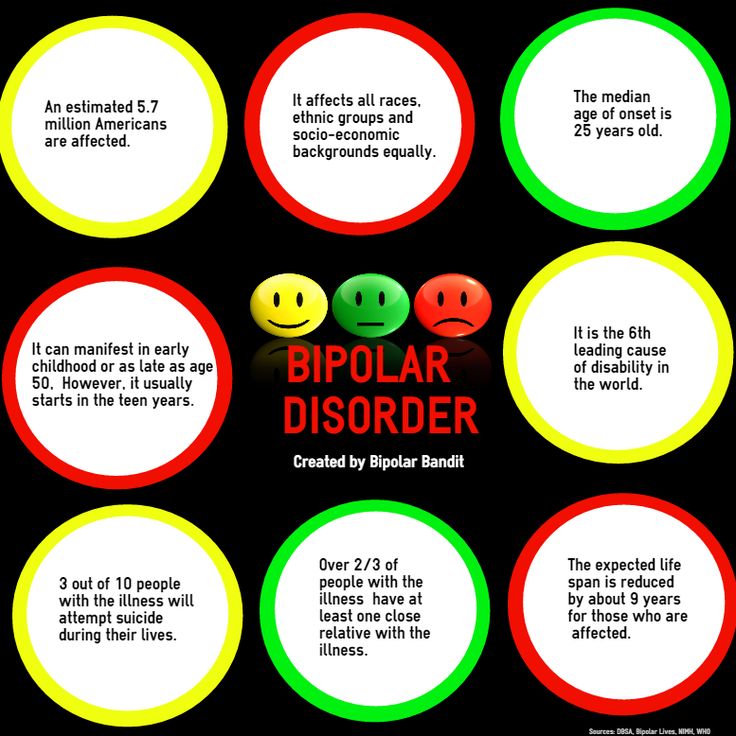
Login
Your data
Password recovery
Back
Password recovery
Password recovery link sent to
Restoration
Password
New password
Confirm Password
Write to the author
Topic
Post
9000 9000 9000 9000 9000 9000 9000 9000 9000 9000 9000 9000 9000 9000 9000 9000 9000 9000 9000 9000 9000 9000 9000 9000 9,000 9000Your E-mail
Your message
Message
has been sent!
Thanks for your question!
Occurred
error!
Try again!
Feedback
How can I help?
If none of the options apply, click here
To use the feedback,
log in or register
You have been blocked for violating the
rules for commenting on materials
The blocking period can be from 12 to 48 hours, or permanently.
If you do not agree with the blocking, please fill out the form.